108 Food Dried Hot Pot
Ma La. If you've ever tasted a sichuan peppercorn you know of what I speak. And Ma La is what you'll get, in literal varying degrees, at 108 Food Dried Hot Pot. How to describe this very specific taste? Ma La is to Sichuan cuisine what umami is to Japanese cooking. Indispensable. At its mildest, Ma La is the sensation of a peppery spice that tingles on your tongue. At its strongest, it's a three-alarm fire.
But let me assure you that I don't have a high tolerance for spicy, and 108 Food Dried Hot Pot has just the right level for me.
In what was Cannon's Pub on the southeast corner of Broadway and W. 108th Street in a cheery, cherry red storefront sits 108 Food Dried Hot Pot. It's a humble spot that looks more like a cafeteria or a food court than a mecca for thrill seekers. When Columbia is in session, watch out because the turnover and traffic is prodigious. I even know a colleague who travels 3.5 miles down to this spot when the urge hits. He's Taiwanese and claims it's the closest he's come to the food he grew up on. I wouldn't be surprised if Tony Bourdain ate there. It's just his kind of place.
I've warmed progressively to this temple of spice. And here now is an ode to the thing on the menu that people come from all points to devour: the dry hot pot.
First keep in mind that you'll have to choose your spice level. The four-point scale goes from non-spicy, to spicy, then medium spicy and finally to very spicy. You'll actually have to choose everything. But be thinking about how brave you plan to be. You might want to be incremental and start on the low end of the Sichuan Richter scale.
That will be the last thing you tell the cashier. And she'll repeat the scale at least twice before you make a stab at the level you want. So think on it. Now.
Before you get to that, you are going to be under a little pressure to choose your stir-fry ingredients. Here, too, I advise prudence. It's priced per pound. Meat, fish and shellfish are weighed separately from the veggies and tofu you'll choose. And you want the person who is choosing your ingredients to not have too heavy a hand if you want variety of ingredients. Again, it's priced per pound.
So you could go surf and turf with sole and chicken, shrimp and pork, or focus on the more exotic meat choices like beef tripe and chicken gizzards. But in between, there are many other delicacies to choose from like squid, shrimp balls, and paper thin slices of fatty beef.
Once you've conquered the meats, turn to the body of your dish. Stoke it with bok choy, cabbage, string beans, enokis, three or four sorts of tofu, eggplant, bean threads, lotus, cellophane noodles and much more.
Then it's on to the weighing and paying. It's by the pound so make sure what you see is what you can eat! A very filling bowl will run you roughly $12-14. After you pay, your selections are whisked back into the kitchen and in 7 minutes later: Behold the Bowl!
Glistening with the spicy oil -- at the heat level you pre-selected -- your hot pot arrives with a side of rice. One bite of the fillet of sole -- slightly crunchy perhaps because it was dusted in flour on its way to a sizzling hot skillet -- and you know there's a master chef in the back. Then a bit of chicken: moist and delicious, again. And the supporting cast of vegetables? All have their crunchy snap. Each element is cooked to perfection and all together make up a meal, bespoke for you and you alone.
You can share a hot pot or create your individual dish.
People are trekking here because the hot pot spot has drawn raves. And you've been walking by it each week wondering what's going on in there. Wander and wonder no more. Go in. Take your time. Ask for help. And enjoy your creation.
It's not glamorous. And when it's a full house, there can be some bustle. But if you choose your season and the right hour, you are in for one very satisfying, chowhounding meal in the neighborhood.
Just remember to spice it right.


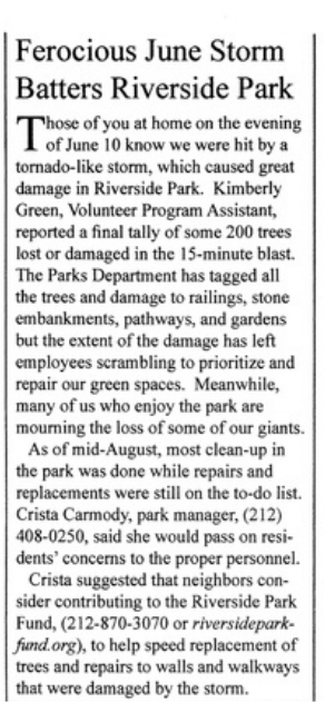
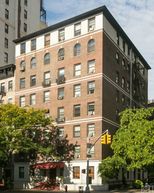
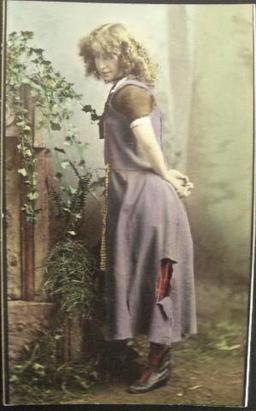
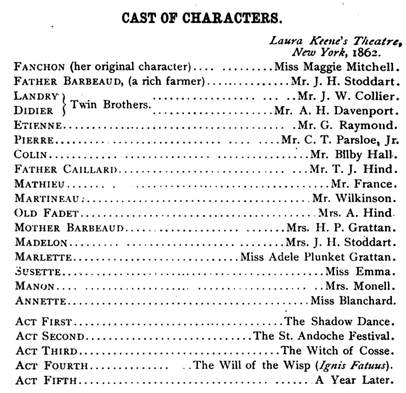
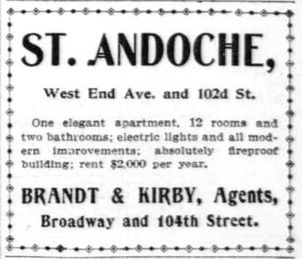
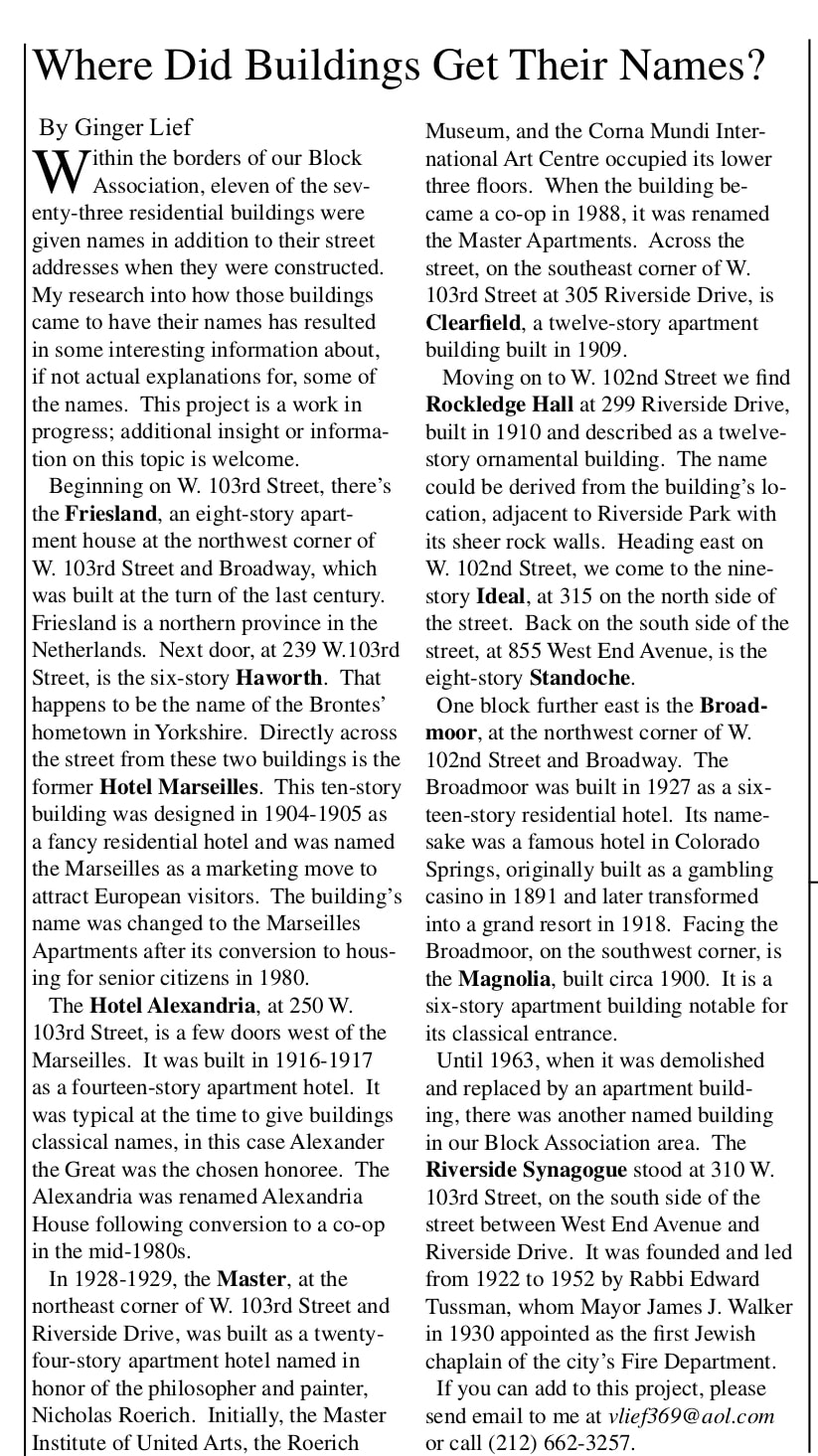
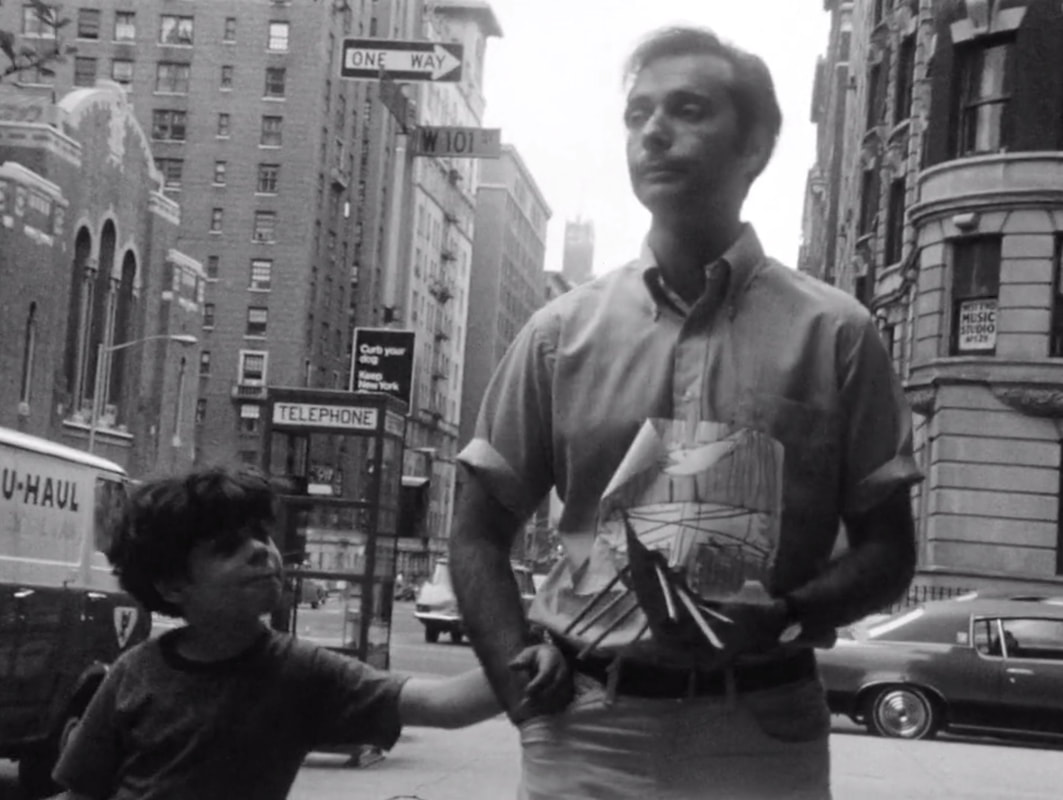
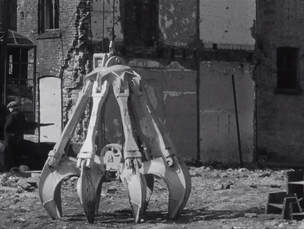
 RSS Feed
RSS Feed
